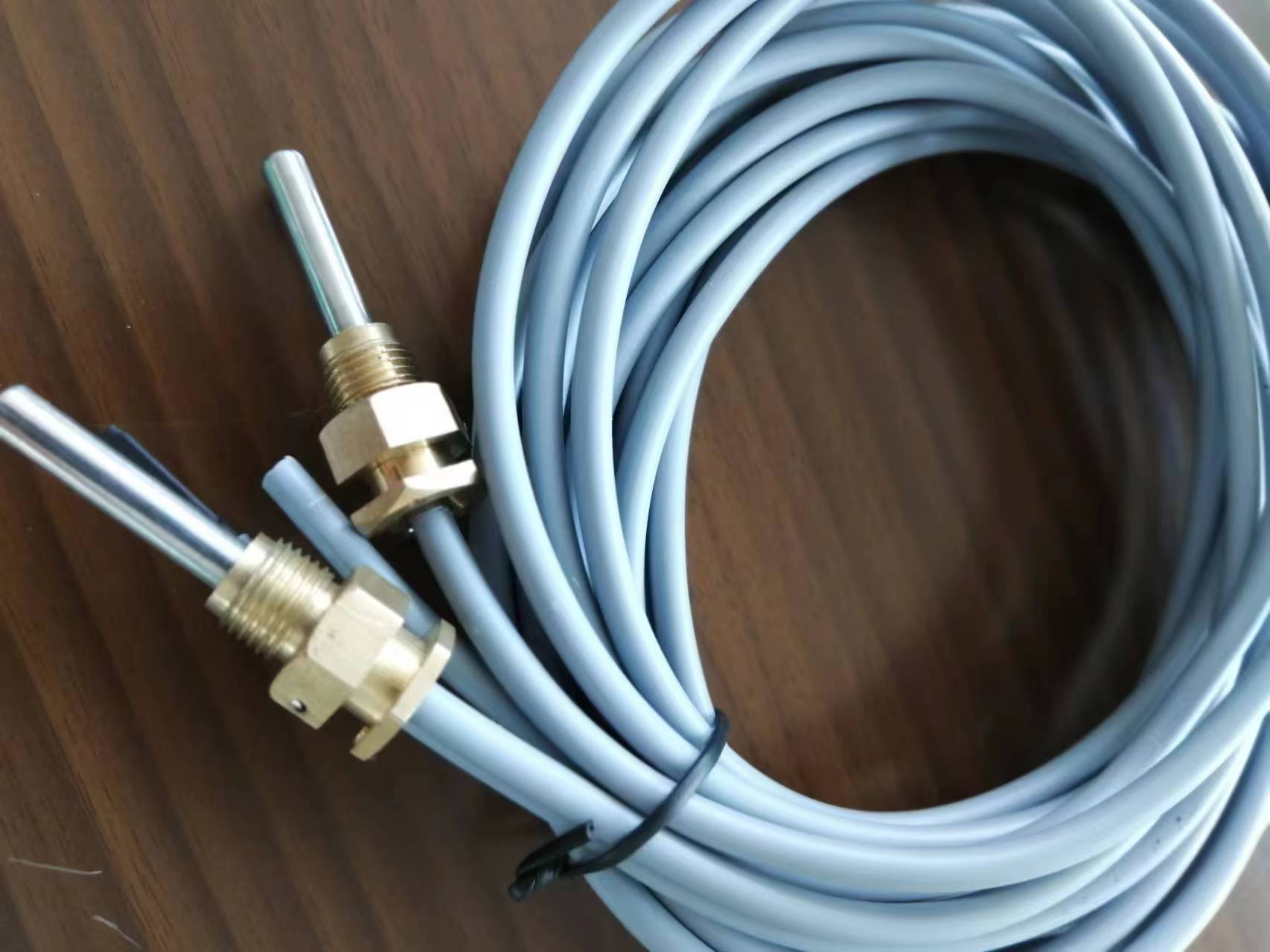Introduction
Heat meters are crucial devices in the efficient management of thermal energy in various applications. Central to the accurate functioning of these meters are temperature sensors, with PT1000 sensors being a popular choice due to their precision, reliability, and advanced digital temperature sensing capabilities. This article explores the role of PT1000 temperature sensors in heat meters, the applications of heat meters, recent market usage, and projected growth rates.
The Role of PT1000 Temperature Sensors in Heat Meters
PT1000 temperature sensors are a type of platinum resistance thermometer (PRT) known for their high accuracy, stability, and wide temperature range. These sensors operate on the principle that the resistance of platinum changes predictably with temperature, making them ideal for precise thermal measurements in heat meters.
In heat meters, PT1000 sensors are used to measure the temperature of the heat transfer fluid entering and exiting a system. Accurate temperature measurement is essential for calculating the thermal energy consumed. The sensors are typically paired with a flow sensor and a digital calculator within the heat meter to determine energy usage using the following formula:
Q=V⋅ρ⋅cp⋅(Tin−Tout)Q=V⋅ρ⋅cp⋅(Tin−Tout)
where QQ is the thermal energy, VV is the volume of the fluid, ρρ is the fluid’s density, cpcp is the specific heat capacity of the fluid, and TinTin and ToutTout are the temperatures of the fluid entering and exiting the system, respectively. The precision of PT1000 sensors ensures accurate energy calculation, which is vital for fair billing and efficient thermal energy management.
Applications of Heat Meters
Heat meters are employed in various sectors, including:
- District Heating and Cooling: Used to measure and bill the thermal energy consumed by individual buildings or units within a district heating network.
- Residential and Commercial Buildings: Monitors heating and cooling energy usage to improve energy efficiency and optimize HVAC systems.
- Industrial Processes: Tracks energy consumption in manufacturing and processing industries, aiding in energy management and cost reduction.
Market Usage and Growth Trends
Over the past five years, the market for heat meters has seen significant growth, driven by increasing energy efficiency regulations and the need for accurate thermal energy consumption data. According to market research reports, the global heat meter market was valued at approximately USD 800 million in 2019 and has been growing at a compound annual growth rate (CAGR) of about 6%.
Key factors contributing to this growth include:
- Energy Efficiency Regulations: Governments worldwide are implementing stricter regulations to promote energy efficiency, driving the adoption of heat meters.
- Urbanization and Smart Cities: The rise of smart cities and the need for efficient energy management in urban areas are boosting demand.
- Technological Advancements: Improvements in metering technology, including the integration of IoT, smart metering systems, and digital temperature sensors, are enhancing the functionality and accuracy of heat meters.
Future Growth Projections
The market for heat meters is expected to continue its upward trajectory, with an estimated CAGR of 7% from 2024 to 2029. Factors influencing this growth include:
- Sustainability Initiatives: Increasing focus on sustainability and reducing carbon footprints will drive the demand for efficient energy management solutions.
- Expansion of District Heating Networks: Growing investments in district heating infrastructure in emerging economies will boost the adoption of heat meters.
- Advancements in Sensor Technology: Continued innovations in temperature sensor technology, including enhanced PT1000 sensors and advanced digital temperature sensors, will improve the performance and reliability of heat meters.
Conclusion
PT1000 temperature sensors are integral to the accurate functioning of heat meters, ensuring precise measurement of thermal energy consumption. The applications of heat meters span residential, commercial, and industrial sectors, contributing to improved energy efficiency and management. The market for heat meters has experienced robust growth over the past five years and is poised for continued expansion, driven by regulatory pressures, technological advancements, and sustainability initiatives. The incorporation of advanced digital temperature sensing technologies will further enhance the precision and functionality of heat meters, supporting the global push towards smarter, more efficient energy management systems.





